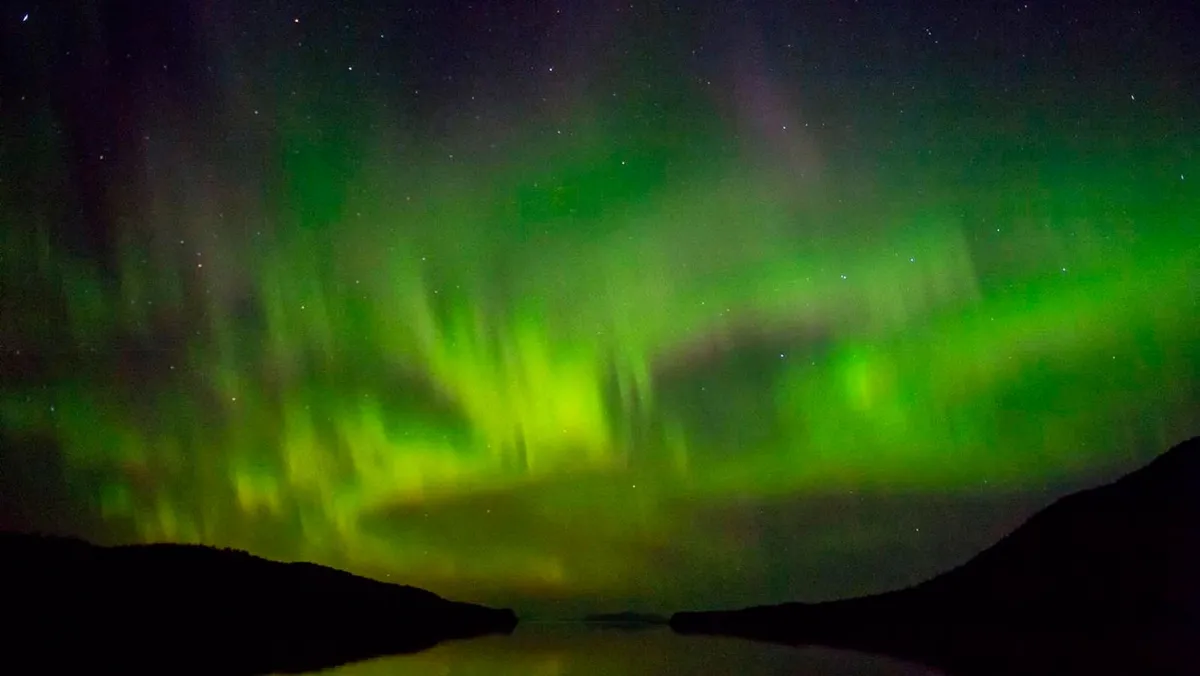
Residents in the northernmost parts of the continental U.S. have a unique opportunity to witness the mesmerizing aurora borealis on Sunday. The National Oceanic and Atmospheric Administration (NOAA) forecasts that the northern lights will be more visible than usual, offering a rare glimpse of this natural phenomenon.
According to NOAA, the best chance to view the northern lights will be in Alaska. However, there is still a possibility for viewers in the continental U.S. to catch a glimpse. NOAA predicts that parts of Idaho, Michigan, Minnesota, Montana, North Dakota, Washington, and Wisconsin fall within the viewline where the aurora borealis might be visible under favorable conditions.
For the best viewing experience, NOAA suggests looking for the northern lights between 10 p.m. and 2 a.m. It is advisable to find a location facing north, away from city light pollution, and ideally at a higher altitude, such as on top of a hill. These conditions will enhance the visibility of the lights.
For those eager to capture this breathtaking event, experts from National Geographic offer valuable photography tips. Using a tripod is essential to stabilize the camera. A wide-angle lens is recommended, especially those with an aperture or F-stop of four or less, to accommodate low-light conditions. Smartphone users should also employ a tripod, disable the flash, and use night mode if available to achieve the best results.
NASA has reported that aurora borealis activity has reached a 500-year peak in 2024, making the northern lights more visible than usual. This trend is expected to continue through 2025 and into 2026. The increased visibility is attributed to a "solar maximum" in the sun's 11-year cycle, which results in more events like solar flares that enhance the visibility of the lights.
As these conditions persist, the opportunity to witness the northern lights in the U.S. is likely to become more frequent, offering a remarkable experience for sky watchers and photographers alike.